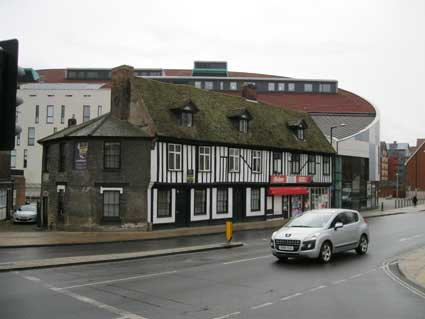
 2013 images
2013 images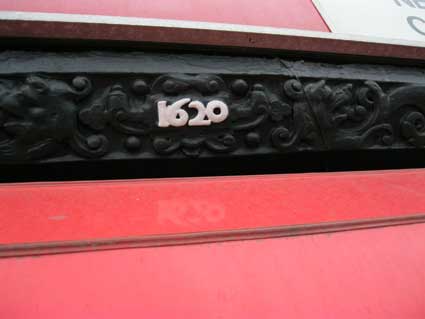
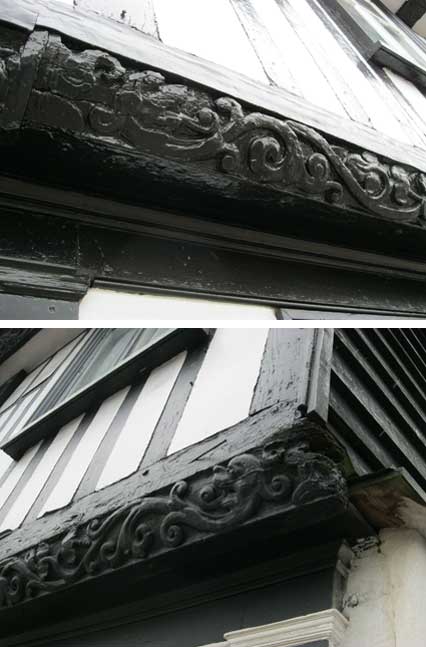

 late
19th C.
late
19th C.  1960s
1960s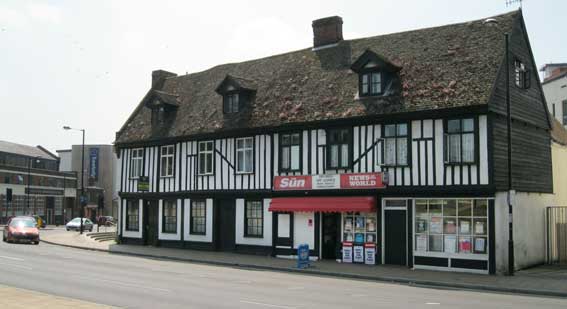 2013 image
2013 image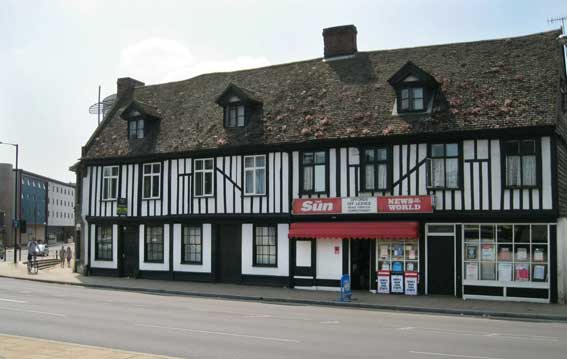 See it on the
1881 map below.
See it on the
1881 map below.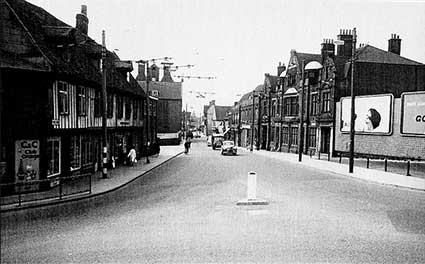 pre-1961 photograph
pre-1961 photograph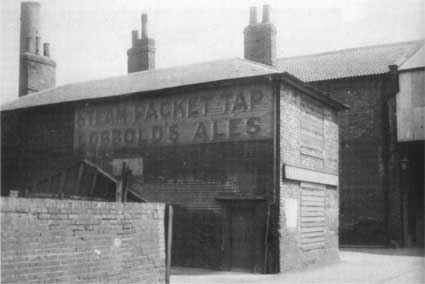 See it
on the 1881 map below.
See it
on the 1881 map below.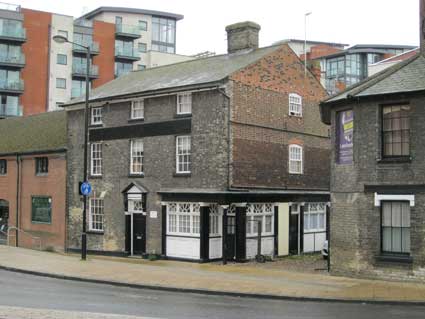 2013
2013
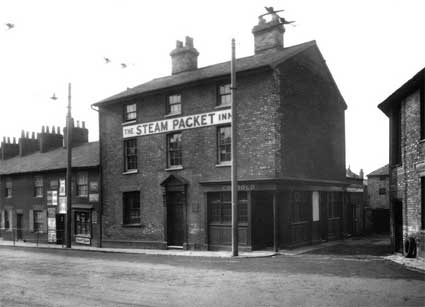 See it
on the 1881 map below.
See it
on the 1881 map below.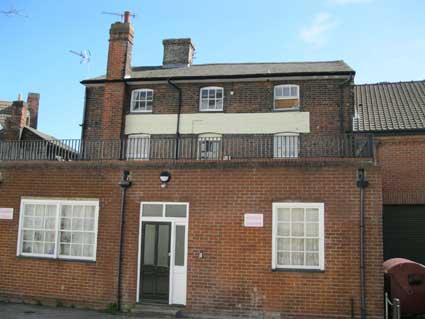
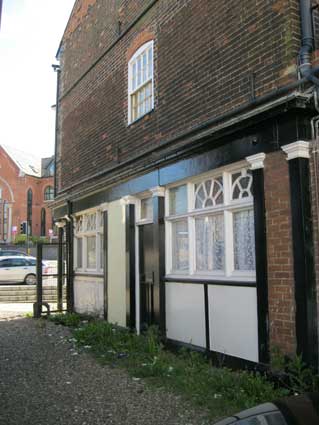 2013 images
2013 images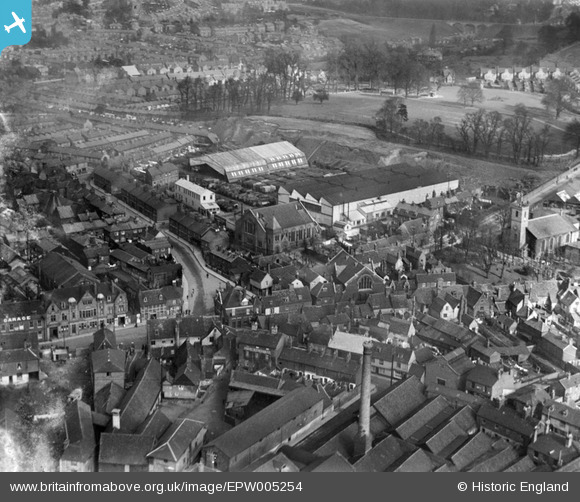 1921
aerial photograph
1921
aerial photograph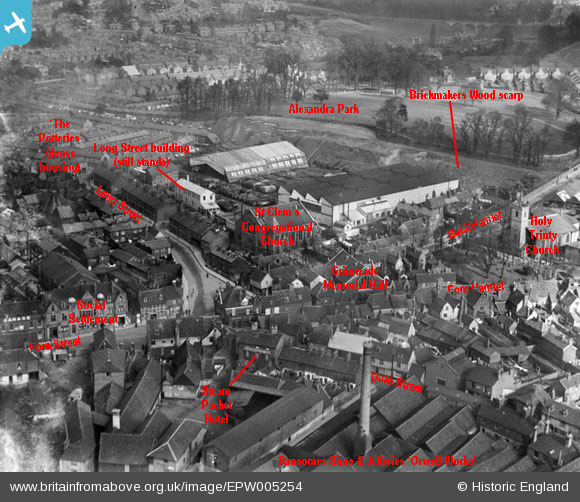
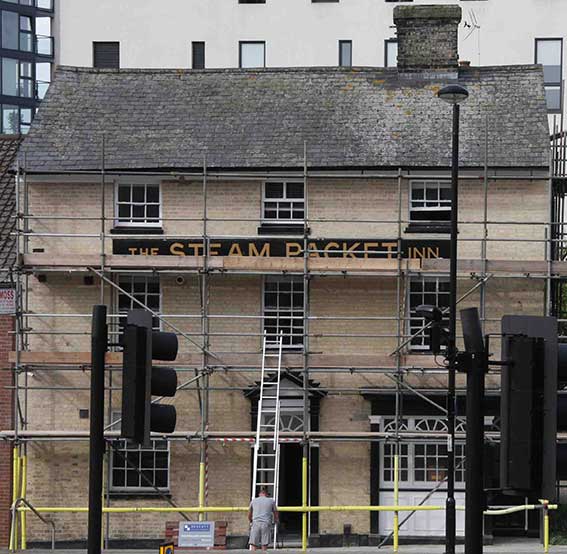 2017
image courtesy John Norman
2017
image courtesy John Norman
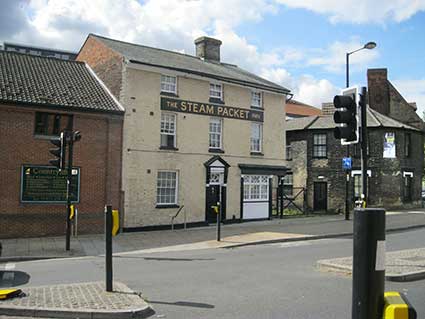 2017
images
2017
images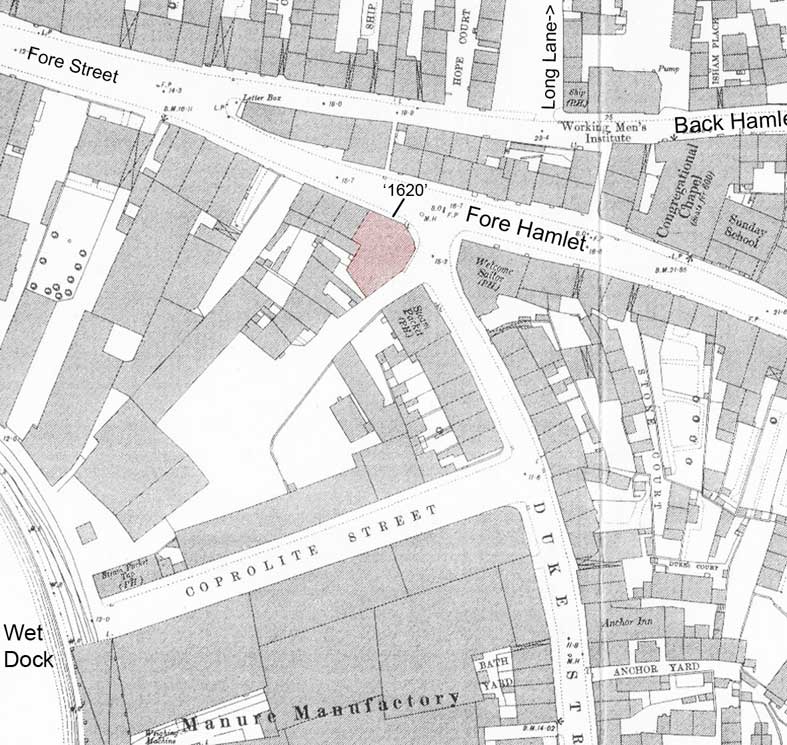 1881 map
1881 map